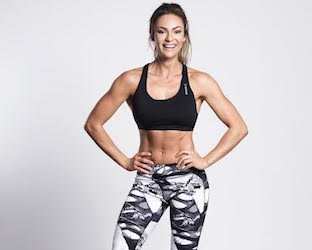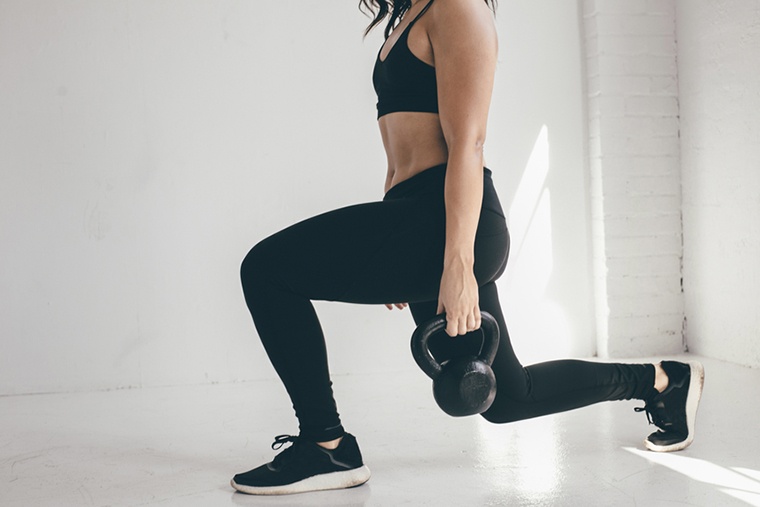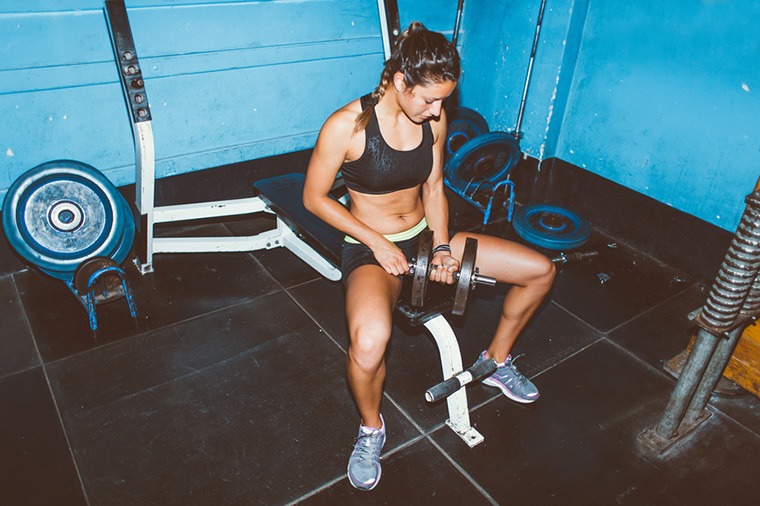
When you're going hard during a workout, it often feels like results are synonymous with, well, more: more speed, more time holding that plank, more sweat. So logically, it follows that adding reps will take you to the next level, too—right?
I took this question to fitness trainer extraordinaire Emily Skye (the Reebok ambassador's workouts are so effective that she's racked up over two million Instagram followers). Turns out, the answer's not so simple.
"Your body is constantly trying to adapt, so if you do the same exercise with the same weight, rep range, and rest time, then there will come a point where your body's succeeded in adapting and you will plateau," she says.
So what's the best way to achieve, say, Michelle Obama-level of arm definition if it's not all about the number of bicep curls you can do?
Here, Skye gives her tips on maximizing reps to your advantage—without wasting your time.

There are other ways to make your workout harder
"More reps is not always better," Skye says matter-of-factly. "If your workout calls for a 10 to 12 rep range, you’ve been doing 10 reps, and you feel like you’re not getting the most benefit or changes from your workouts, then I would suggest increasing the reps to 12 and working on form," she says. "It's more important to focus on lifting the most amount of weight possible while performing good technique for the set."

{{post.sponsorText}}
Her advice applies to moves like crunches, squats, Russian twists, too. You don't have to work your way up to 200 reps (bless)—just grab some free weights or a kettlebell in order to crank up the difficulty.
Another way Skye says you can make your move harder: Slow it down. "That way your muscles are under tension longer," she says. "The last few reps of a set should be almost impossible for you to lift while you’re still maintaining the correct form." If your posture starts to slip, you know you've taken on too much.

The ideal number of reps
Spoiler alert: There's no perfect number of reps you should be doing.
But Skye does offer up some guidelines for creating your own strength routine, depending on your goal: If you want to focus on muscle endurance, she recommends starting with a relatively light weight and doing 12 to 20 to reps per set. Aim for 3 to 5 sets, resting 30 to 60 seconds between each one. (Again, if you're able to maintain proper form while barely breaking a sweat, increase your weight instead of upping your reps past 20.)
If you want to build muscle, her advice is to reach for a heavier weight, doing 3 to 5 sets, with 6 to 12 reps each, increasing the weight while decreasing the rep number each time. So if you start with 12 reps lifting 100 pounds, do 10 reps of 120 for your second set. Then, 8 reps lifting 140, and so on.
Even when you add more weight to your moves, Skye says variety is still key if you want to see more muscle definition. "Keep your body guessing," she says. Besides, it's more fun that way.
If you're targeting your abs, try this at-home workout crafted by fitness star Holly Rilinger. And here's what you should be doing after your workout to really get the most out of it.
Loading More Posts...